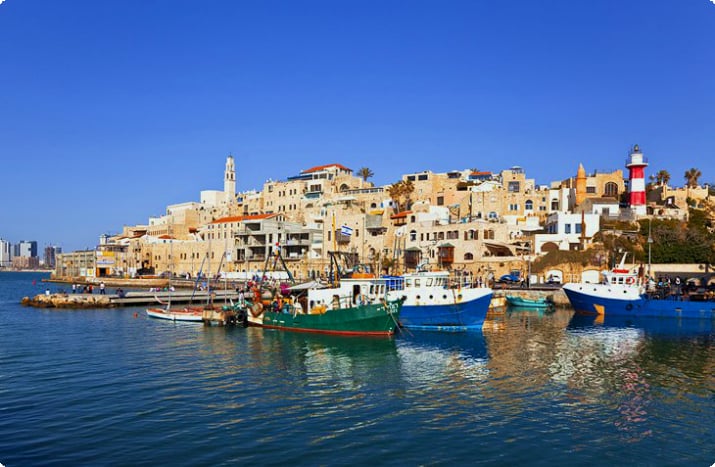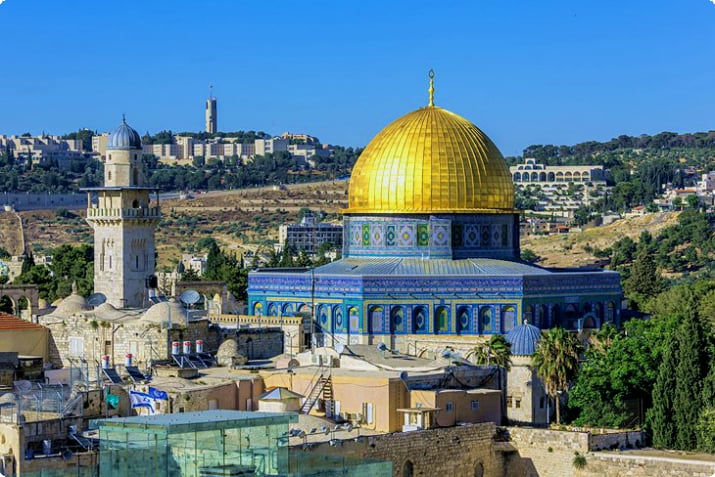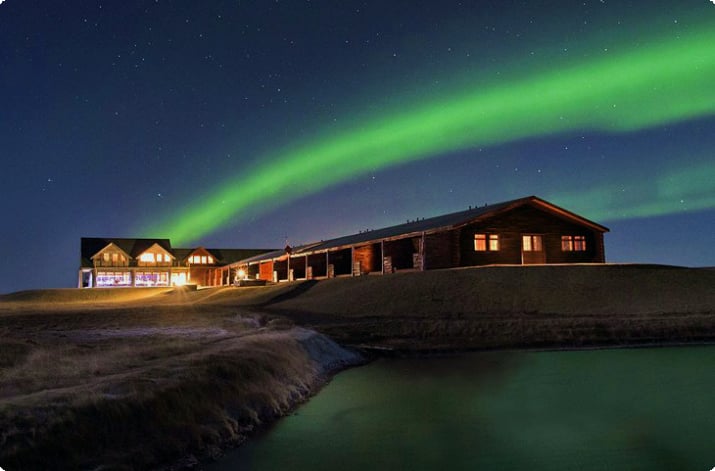Exploring Megiddo: The Biblical Site of Armageddon
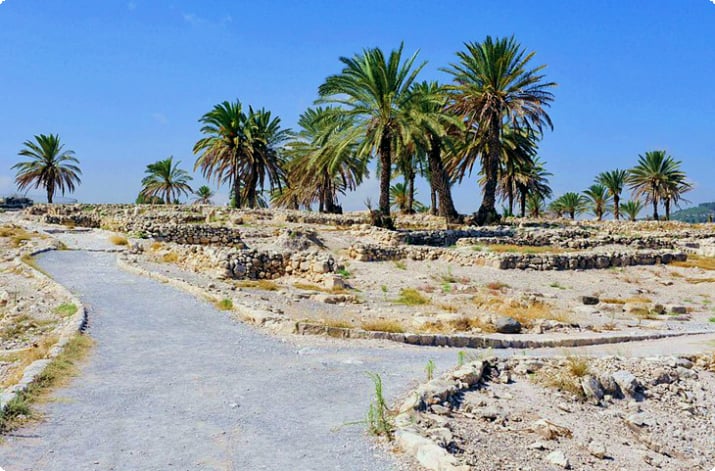
Megiddo, an archaeological site in Israel, is renowned for its biblical reference as Armageddon, the prophesied battlefield of the end times. It's a must-see for history enthusiasts, with 26 layers of ruins that trace back to the Neolithic era, indicating over 5,000 years of human settlement.
Visitor Center and Museum
Start your visit at the museum, which provides a helpful overview of Megiddo's complex history through models and an audio-visual presentation.
Fortifications and Gates
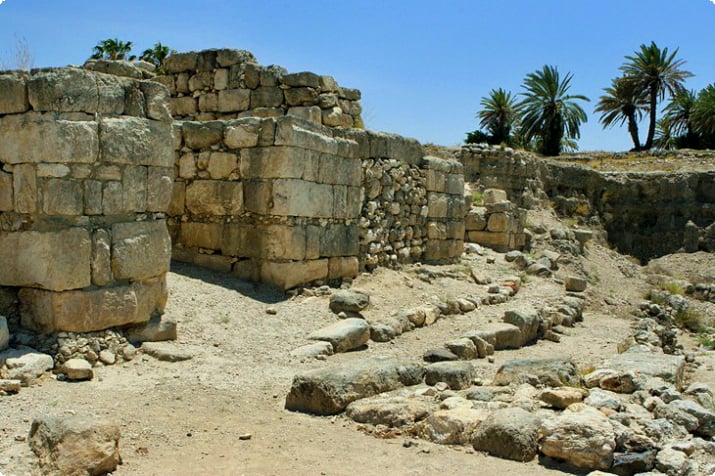
Notable structures at Megiddo include its ancient gates and fortifications. A path leads to the northern gate from the 15th century BC, followed by a gate from King Solomon's time. Nearby, you can find ruins of buildings where 13th-century BC ivories were discovered. The site also offers a stunning view of the Jezreel Plain and the hills around Nazareth.
Water Tunnel
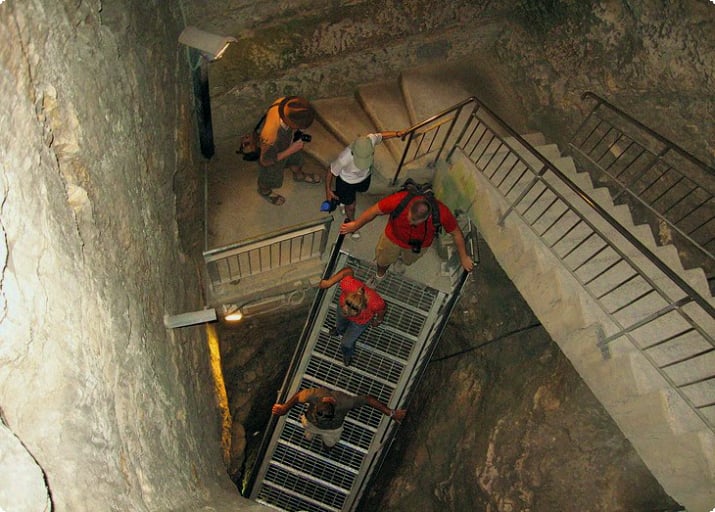
The Water Tunnel, a remarkable feat of engineering from the 9th century BC, ensured Megiddo's water supply during sieges. Visitors can walk through the tunnel, which has been updated with modern amenities for accessibility.
Temple Complex
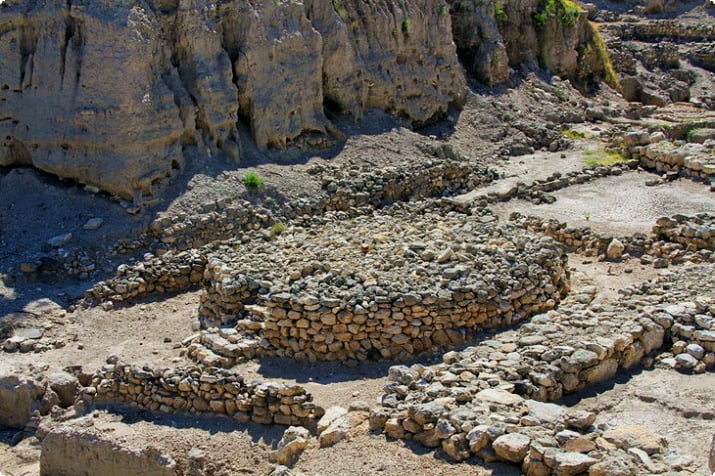
The temple complex at Megiddo, once a grand structure, includes the Eastern Temple with its holy of holies and adjoining cult buildings. There are also remnants of an older temple from the Chalcolithic period.
Grain Silo and Southern Section
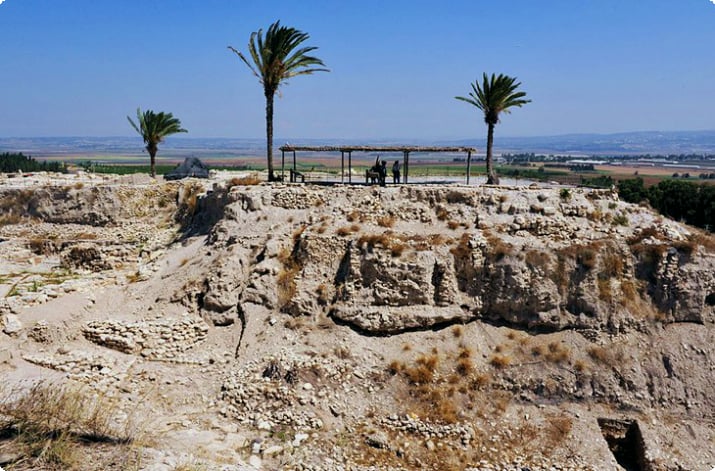
The southern part of Megiddo features a large grain silo from the 8th century BC and the remains of King Ahab's stables, which could house 450 horses.
Tips for Visiting Megiddo
- Visit early in the summer to avoid the heat.
- Carry a torch for exploring darker areas.
- Bring plenty of water, as the visitor center is the only place to purchase drinks.
Getting to Megiddo
- From Haifa, take bus no. 302 directly to Megiddo.
- Alternatively, take a bus along highway route 66 and walk from the Megiddo turn off.
- From Afula, buses on highway route 65 stop at the same turn off.
The History of Megiddo
Megiddo's excavation began in the early 20th century, revealing a history that spans from Neolithic settlement to periods of Egyptian and Israelite occupation. It was a strategic site for battles and trade, with significant construction by King Solomon and later King Ahab. The city faced various conquests, from the Egyptians to the Assyrians, and played a role in battles up to the 20th century.


